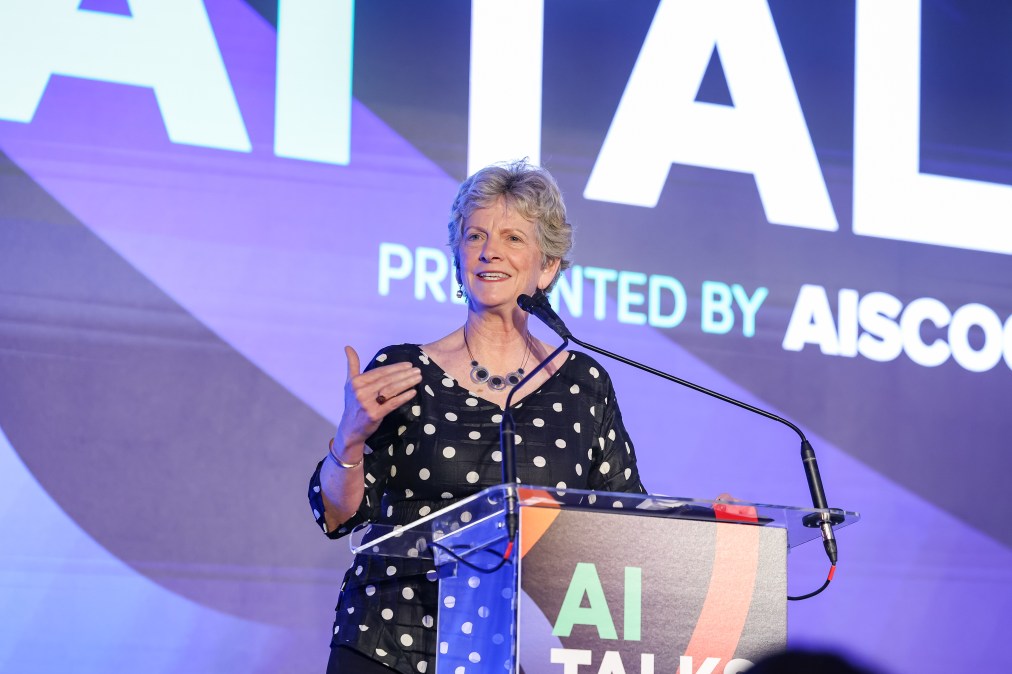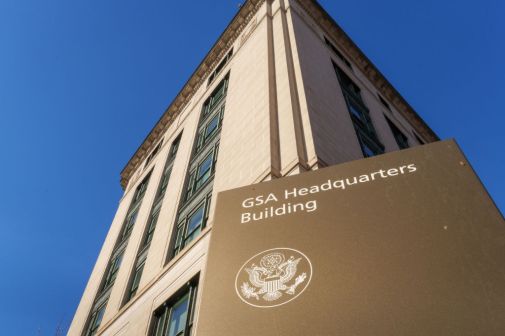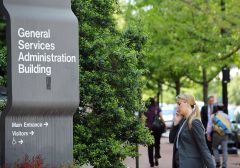GSA administrator: Generative AI tools will be ‘a giant help’ for government services

Running 150 artificial intelligence pilots while using 132 different generative AI tools and technologies might seem like a lot for any federal agency. So, too, might a yearslong track record of using machine learning, large language models and language processing bots.
But for the General Services Administration, the decision to go all-in on AI wasn’t really up for debate.
“We’re doing this because it’s GSA’s job to have shared services for the government,” GSA Administrator Robin Carnahan said Thursday. “And generative AI tools are going to be a giant help in that.”
Speaking at AIScoop’s AITalks event, Carnahan said GSA is currently operating seven different sandbox environments, and there’s “more to come” across the agency with AI. Fully embracing the technology is a matter of recognizing that public- and private-sector tech leaders are “going to decide whether we’re on the right or wrong side of history on this topic, whether we get it right for the American people,” she said. “If we do, it opens up all kinds of possibilities.”
Exploring those possibilities to the fullest extent comes down to buying “best-in-class AI technologies,” Carnahan said. The agency plans to partner closely with industry, she added, and its IT category management office within the Federal Acquisition Service is in the process of developing an acquisition resource guide for generative AI and specialized computing infrastructure.
“This is a big deal,” Carnahan said, “because procurement officers need to know about these new technologies. A sneak peek of what you’re gonna see in there is going to identify a lot of common challenges. It’s gonna identify use cases. It’s gonna help procurement officers navigate the marketplace so the missions of these agencies can be fulfilled.”
The GSA is also focused on highlighting products that already have FedRAMP approval, part of the newly released roadmap for the federal government’s cloud services compliance program. Carnahan said that the strategy document is aimed at making FedRAMP more scalable, more secure and easier to use.
For any budget-strapped agency considering new AI projects, Carnahan pushed the Technology Modernization Fund as a means to “go outside your budget cycle and get access to funding for these new tools.” TMF is currently soliciting proposals from agencies with ideas for AI projects.
“We expect to see a lot of interest from across the government,” Carnahan said. “If your agency hasn’t thought about using the TMF for your AI proposals, you should do that. Now is the best time for it.”
For the GSA internally, a new Login.gov pilot leveraging facial matching technology best represents the agency’s commitment to “using technology ethically and responsibly and securely for the public good,” Carnahan said. The pilot will help people verify their identities remotely, though the GSA is pledging to minimize data retention and ensure “that personal information is protected and not shared. And it is never sold.”
This next phase of the GSA’s work on the governmentwide single sign-on and identity verification platform, which includes a partnership with the U.S. Postal Service, is emblematic of what the agency views as its mission to deliver secure and inclusive products. And although there are “precarious uncharted waters ahead” when it comes to full-scale adoption of AI tools and systems, Carnahan is bullish on the government’s prospects.
“We know that by working together through our government teams, industry teams, that we can get to the other side,” she said. “The American people are counting on us to get it right. There is no time to waste. So let’s all get to work.”






